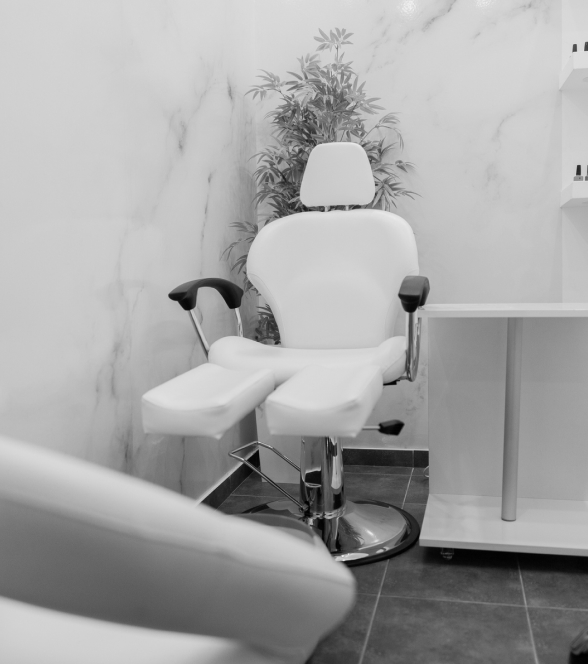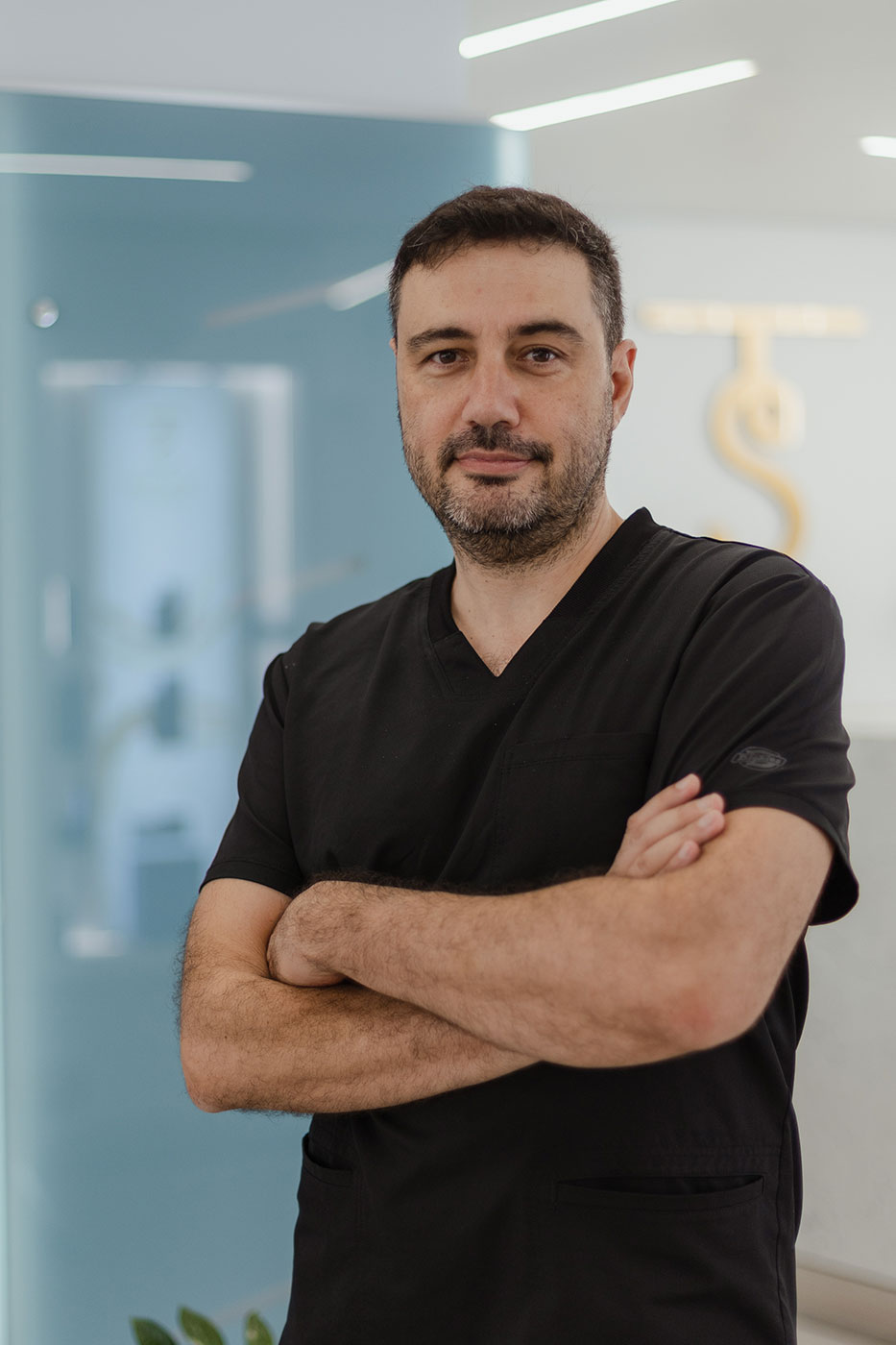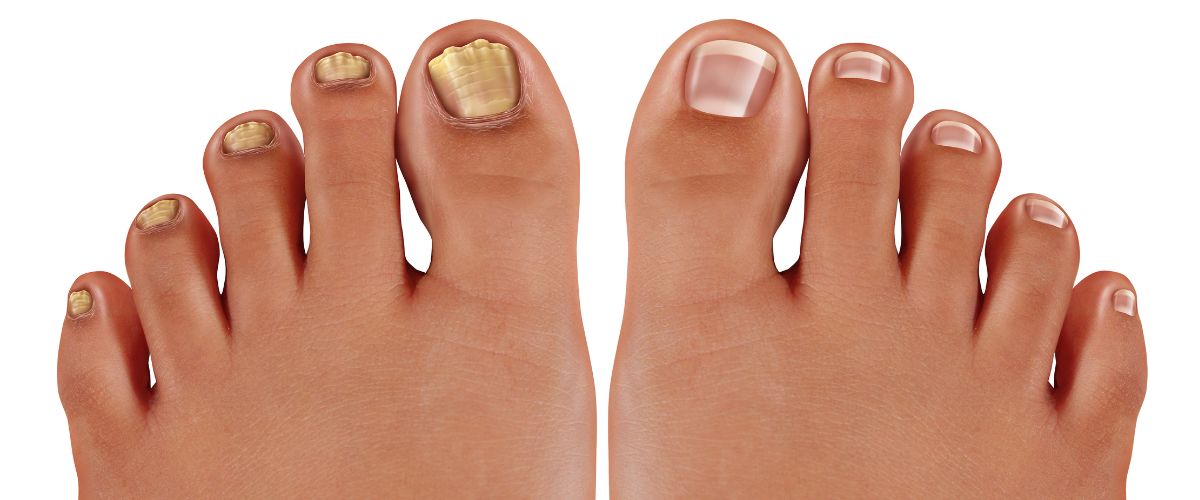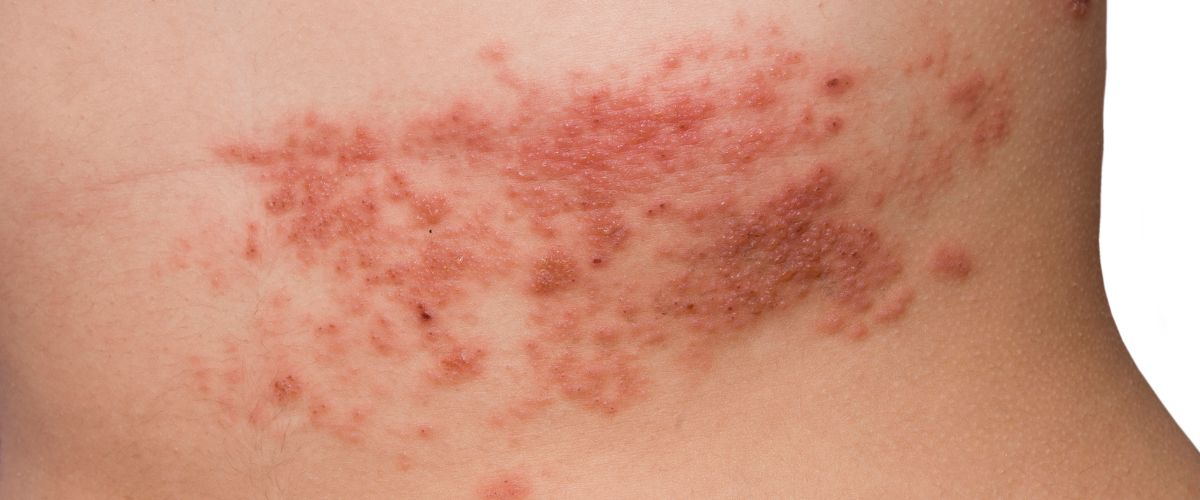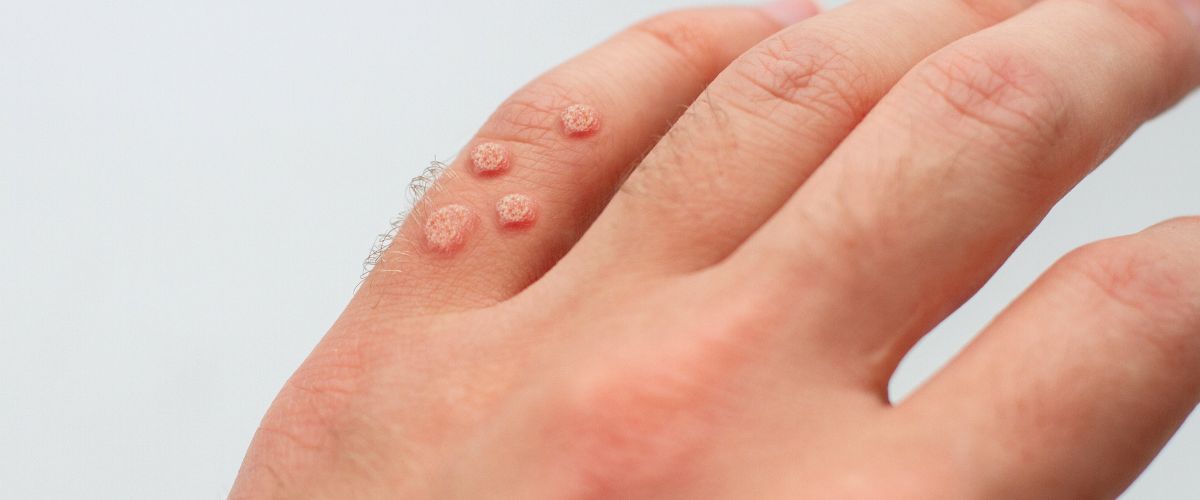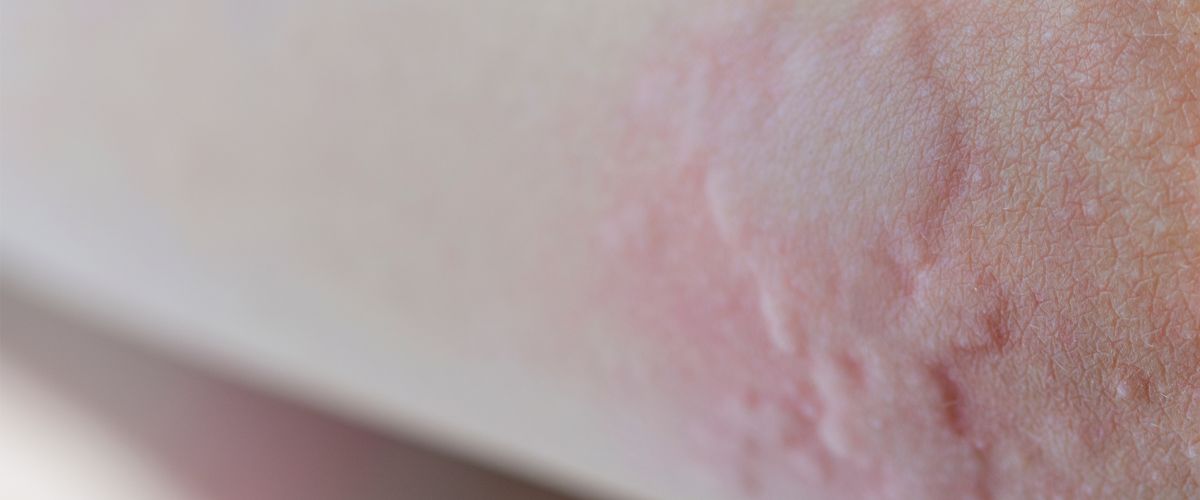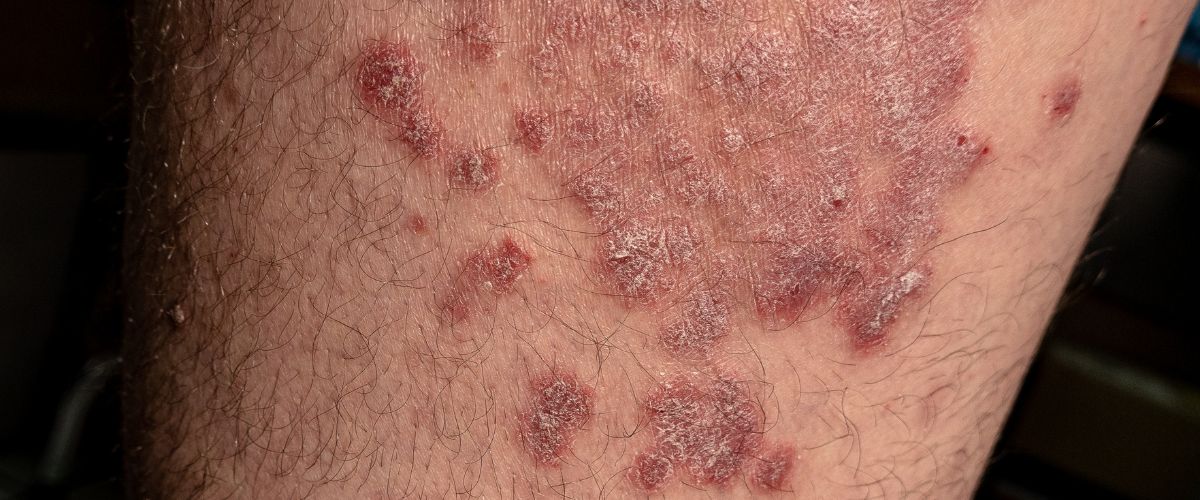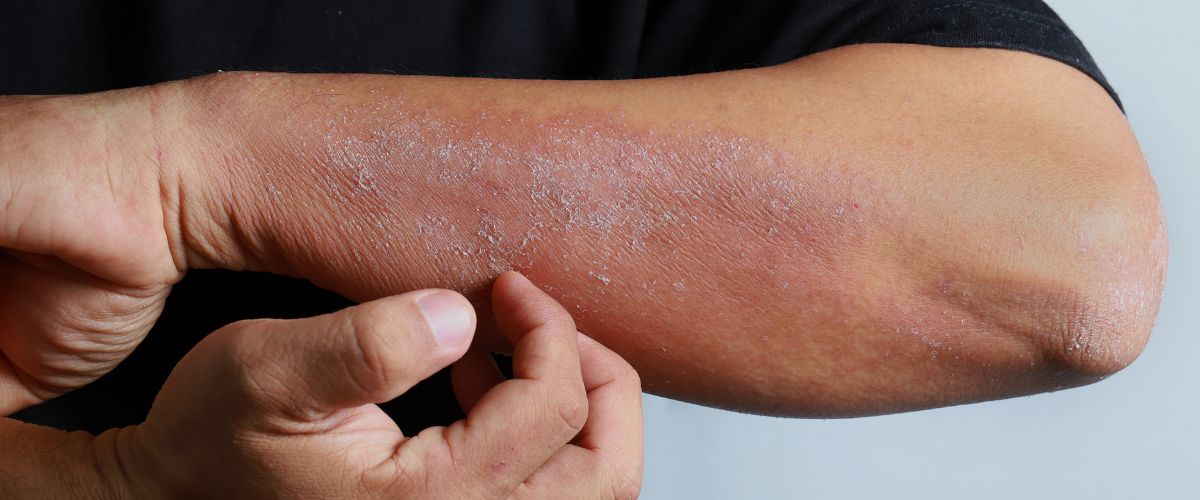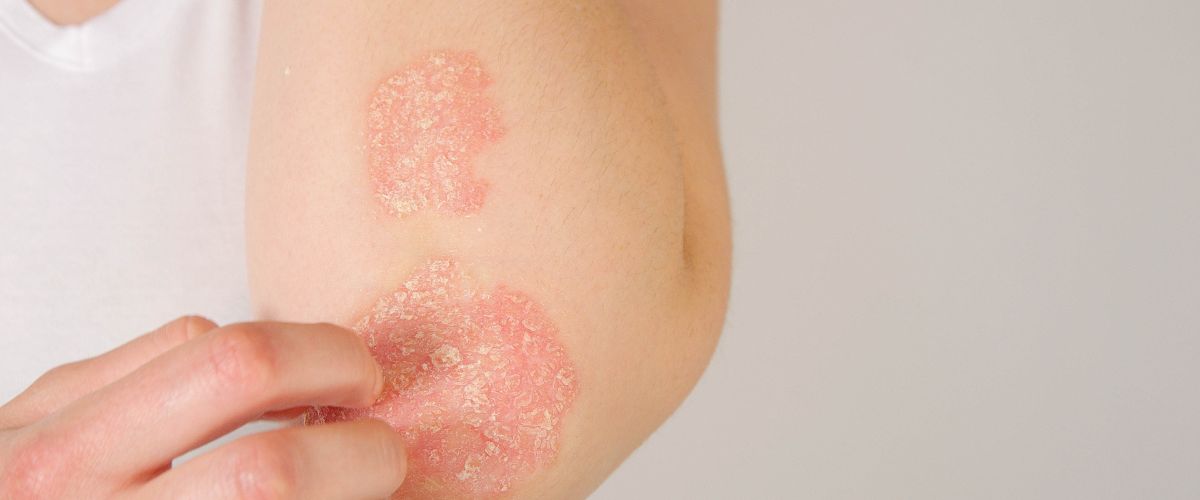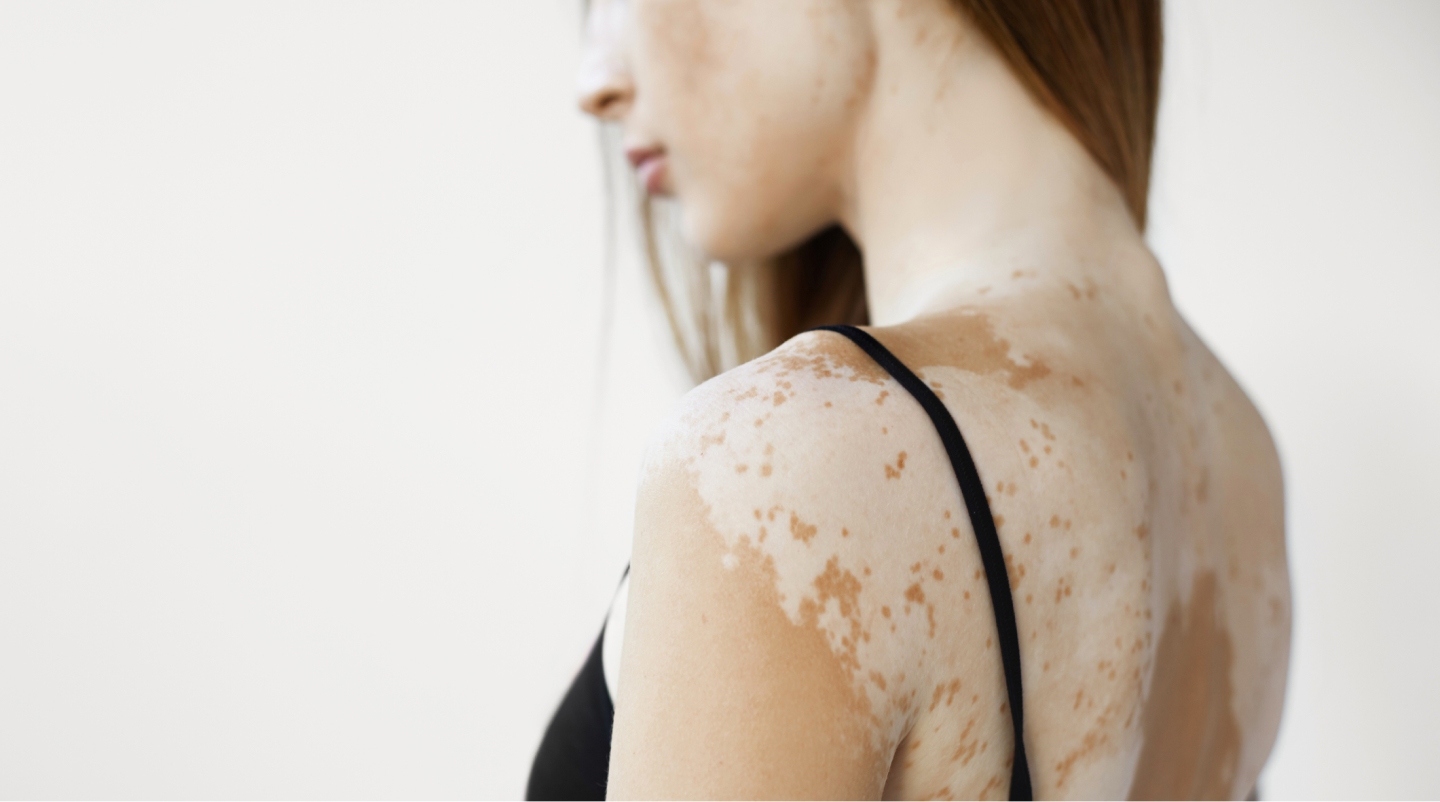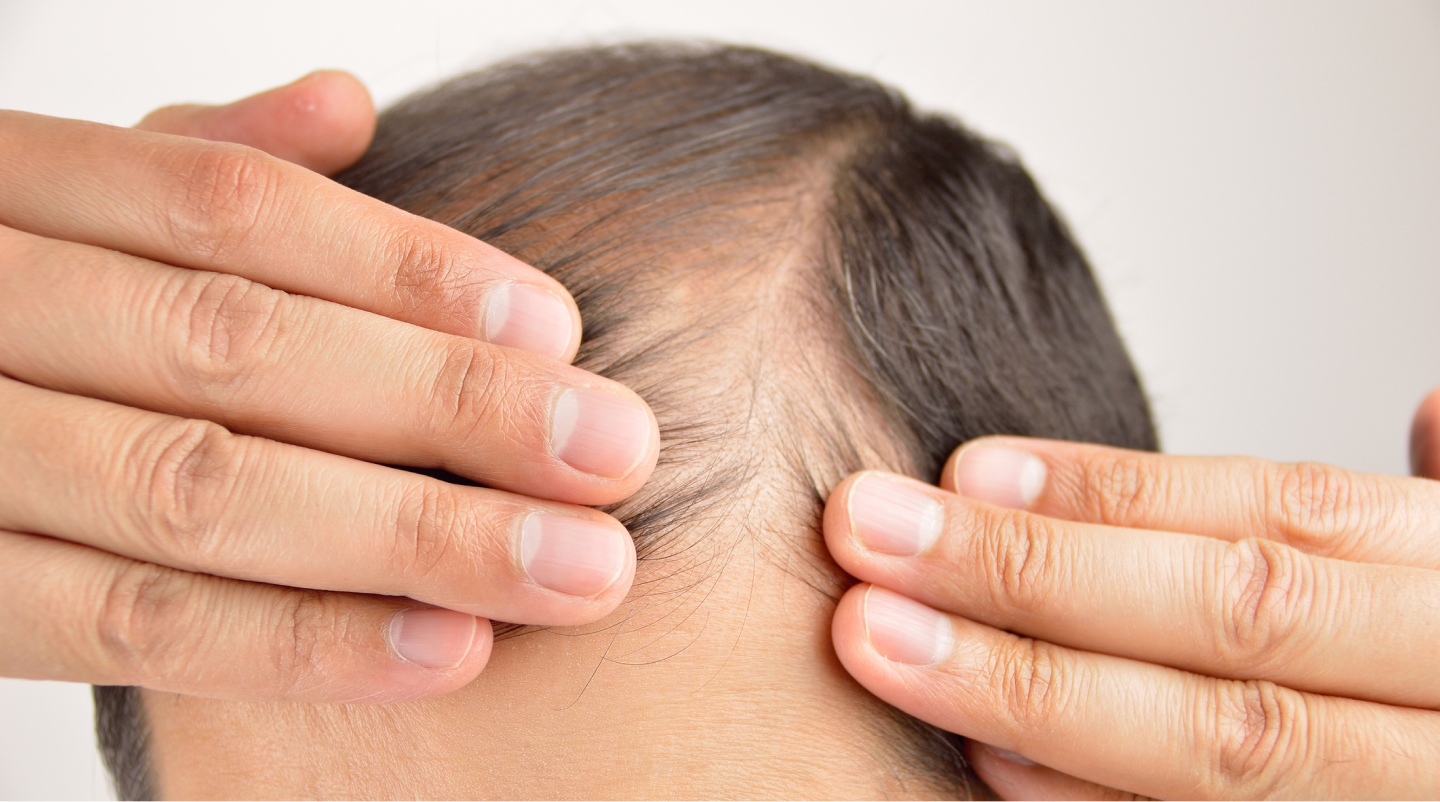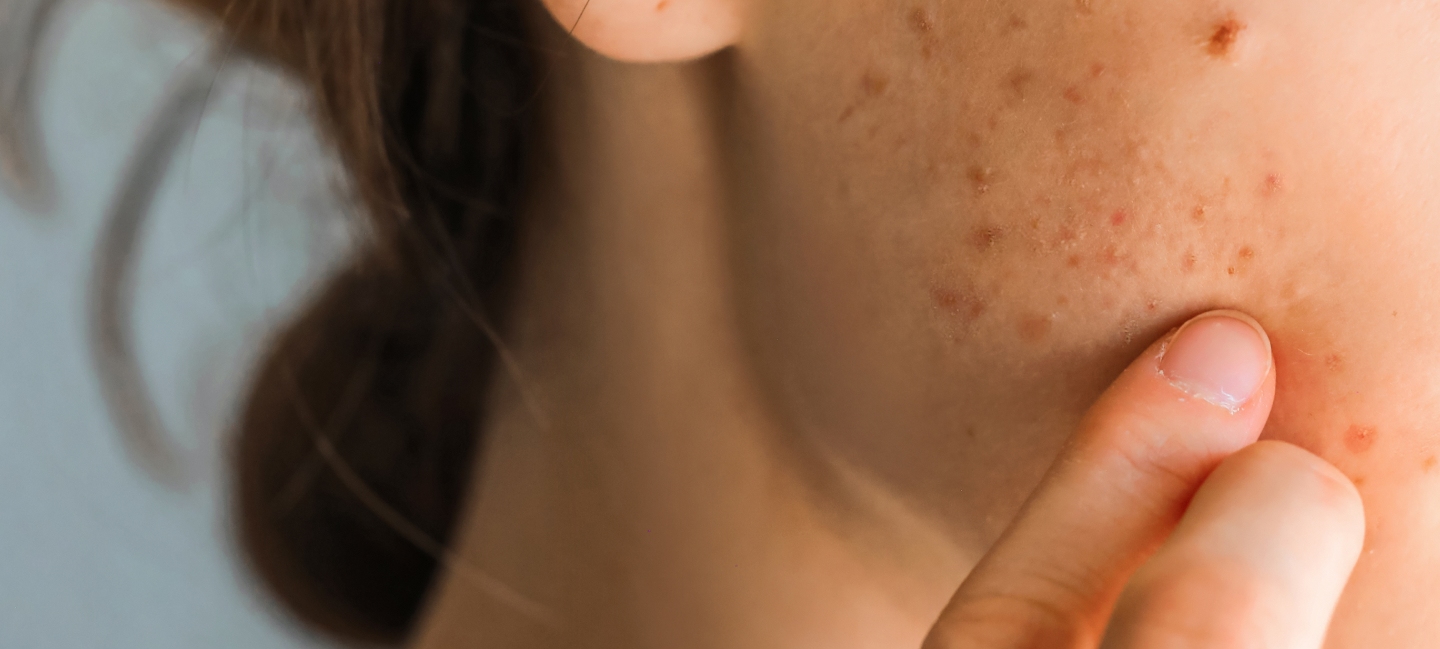What is onychomycosis?
Onychomycosis is a fairly common problem that often affects the toenails. Nail fungus develops in both men and women, although it is more common in women due to nail care habits (pedicures). Treatment can often be done with topical therapy alone, but it is not sufficient to simply use a cream or gel. Naturally, in some cases, oral treatment is necessary, while in some cases, the use of a specific laser available in our clinic may also be beneficial.
How does it develop?
Our skin is always covered with microbes that coexist with us and largely protect us by preventing the growth of other pathogenic microbes. Such microbes include bacteria and fungi. It has been estimated that we carry a greater number of microbes than our cells. However, sometimes, due to specific conditions such as skin and nail trauma, contact with dirty water, and moisture retention, colonization of the skin by a pathogenic fungus can occur, which can penetrate the keratin layers that make up the nail and reside underneath. This results in changes in the appearance of the nail, such as nail thickening and discoloration. Usually, there are no symptoms such as pain, which are more characteristic of a bacterial infection.
Unfortunately, a common way to transmit fungi to the nails is through inadequate sterilization of pedicure tools among clients. The use of the right autoclave and exposure time at the appropriate temperature play a role, as well as nail scraping and minor injuries that facilitate transmission, while the moist environment in the feet, which is not ventilated as well as the fingers, facilitates fungal growth.
It should be noted that what some perceive as nail fungus may simply be trauma or even hematoma, while there are conditions that can cause nail changes such as psoriasis and nail lichen.
Regardless, a damaged and distressed nail with disruption in its keratin layers is more likely to develop a fungus.
What does the appropriate treatment include?
First of all, the correct diagnosis must be made. Nail disorders can be a diagnostic element for either skin diseases such as psoriasis and lichen, or pathological disorders such as thyroid disorders. Sometimes the diagnosis is quite clear clinically, while other times a culture in a specialized laboratory must precede to detect and identify the pathogenic organism. Additionally, a fungal culture may be performed to determine which substances the fungus is resistant to and which it is sensitive to. The process of collecting and processing a sample must be done by an experienced laboratory technician or physician, otherwise, false negative results may occur.
Most of the time, we recommend taking a sample for culture and starting topical treatment before the results. Then, based on the results and the progress of the treatment, we decide whether to add oral treatment.
A prerequisite for the topical treatment to be effective is to remove as many layers of keratin from the nail as possible. This way, part of the fungus is removed, and at the same time, we allow greater exposure of the fungus to the selected topical medication, as a thick nail protects the fungus.
Oral treatment, as it involves pills that are metabolized in the liver, must be done with caution, perhaps after verification with a culture, and requires some blood tests to ensure that there are no side effects, which are of course very rare. Additionally, we cannot consume alcohol, as this also burdens the liver.
In any case, treatment requires time, as the nail itself grows slowly, and essentially, we are waiting for the new nail produced by the cells at the base of the nail under the skin to progress and replace the problematic part. This often takes months.
It should be noted that if the fungus occupies the entire nail to the back and reaches the cells that produce the nail keratin, then the damage it causes can lead to permanent nail deformity, which does not disappear even after successful treatment and management. For this reason, it is important not to delay addressing such a problem.
Why trust the experts at Totalskin?
In our clinic, we believe in avoiding the use of oral medication, which we only give when deemed necessary. Our extensive experience with topical treatments in patients who also underwent homeopathic treatment and did not want systemic therapies, as well as the ability to use a special laser that thermally targets the fungus without altering the nail and burning the skin, allows us to do so. In case we decide to incorporate laser into our treatment, at least 3 sessions are required, with a one-week and 15-day interval.
At the same time, we have extensive experience in the use of systemic treatment, which we do not hesitate to recommend when necessary, keeping the duration of treatment to a minimum, in combination with other methods.
Finally, we can recommend a specific laboratory specializing in fungal culture. All to ensure the safe and most effective treatment for your problem.

